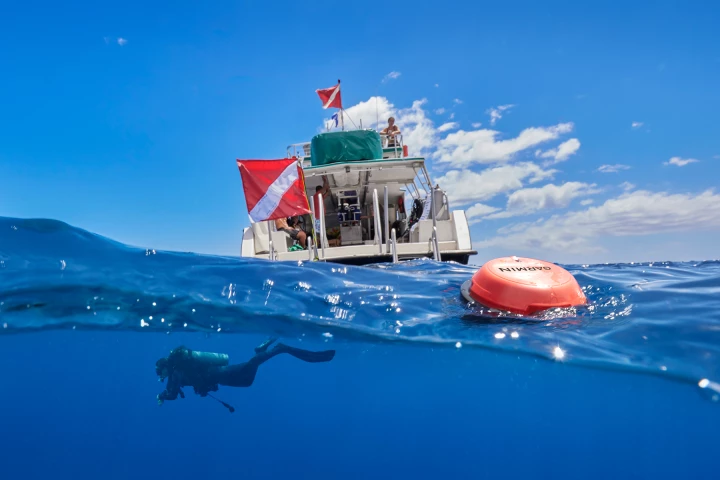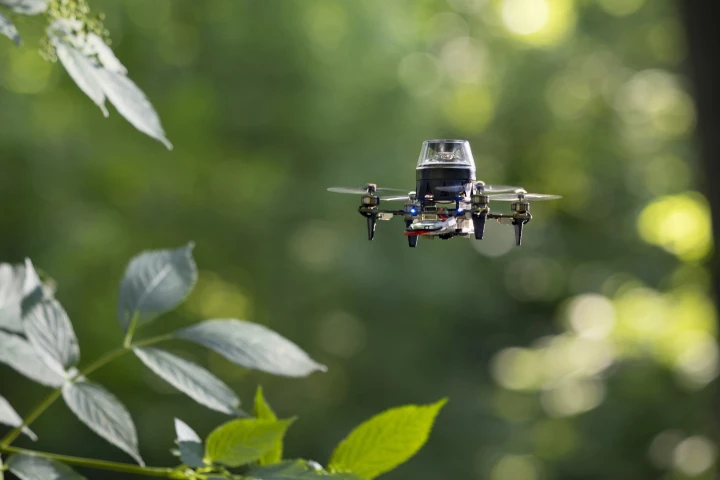Navigation
-
It's plenty easy to lose your bearings while scuba diving, which is why Garmin's new Descent S1 Smart Buoy could really come in handy. It helps submerged divers figure out where they are, plus it lets them communicate with their topside crew.
-
A team of researchers at Rice University has developed a haptic feedback vest and camera system for a blind dog known as Kunde. The vest helps guide the dog through daily obstacles and the hope is that it will soon do the same for other pups.
-
Engineers at MIT have devised a way to help drones find their way through unlit indoor spaces autonomously, without costly cameras. That'll come in handy for mapping and monitoring warehouses and tunnels, as well as search and rescue operations.
-
Even though today's aircraft rely heavily on GPS for navigation, the technology isn't infallible. That's why an alternative system is in the works, which may allow planes to navigate by "reading the fingerprint" of the terrain they're flying over.
-
Engineers at the University of South Australia have taken a page from the days of wooden sailing ships and developed a way for drones to navigate by the stars at night using simple, lightweight equipment for areas where GPS signals aren't available.
-
Tiny aerial drones have many potential uses, but their ability to navigate is severely limited by their minuscule amount of onboard processing power. Scientists have now set about addressing that limitation, taking a cue from foraging insects such as ants.
-
The ratio of guide dogs to blind people in China is roughly one service pooch for every 40,000 people. Researchers are currently developing a six-legged, AI-enhanced robodog to close the gap and safely guide users to their destinations.
-
Instead of equipping its sharp-looking GR-1 general purpose humanoid with a full next-gen sensor suite including such things as radar and LiDAR, Fourier Intelligence's engineers have gone vision-only.
-
While most compasses have a needle that points north, the Truest North Compass is different. Its main needle always points to a location of your choice, while its secondary needle shows the distance to that place.
-
The Beeline Moto is likely the simplest, most user-friendly electronic motorcycle navigation device you can buy. Its new successor, the Moto II, keeps things simple but adds some handy new features like a mini map view.
-
When it comes to locating landing pads or other landmarks, drones rely largely on visual cues. So, what happens if it's dark or foggy, and there's no ground-based power for lights? Well, that's where the Millisign system is intended to come in.
-
In recent years, we've heard about navigational systems which guide pedestrians via vibrating actuators in their shoes. The FeetThrough system takes a different and reportedly better approach, by actually shocking the soles of the feet.
Load More











